-
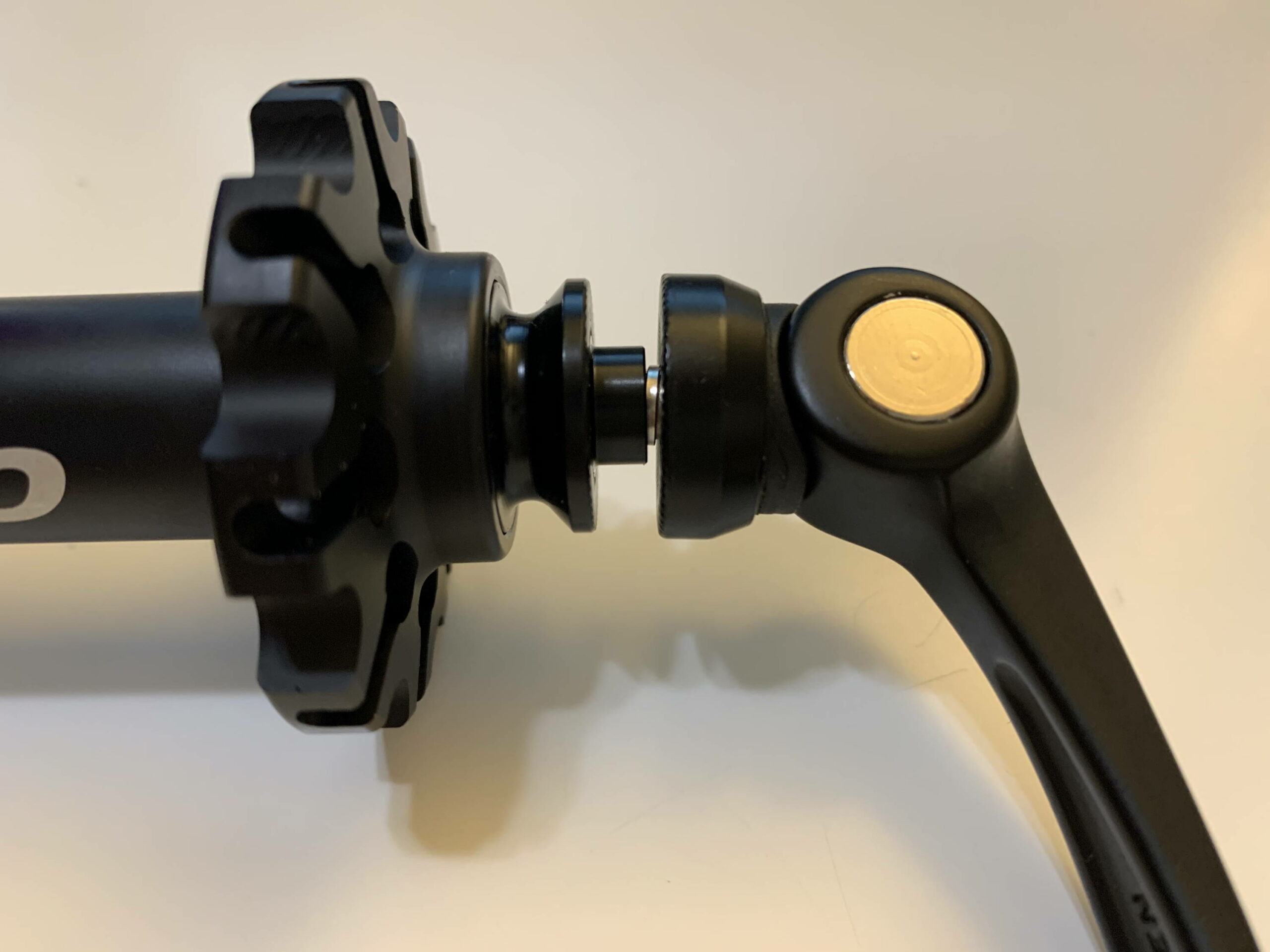
What Is The Difference Between Quick Release And Thru Axle?
For years, connecting a wheel to a bike was a simple process that used quick-release skewers to connect your wheels. Today, there are options, and attaching a wheel to a bike can be confusing and somewhat puzzling to figure out. Along with different attachment types, hub spacing—or the width of your hub—is different for different…
-
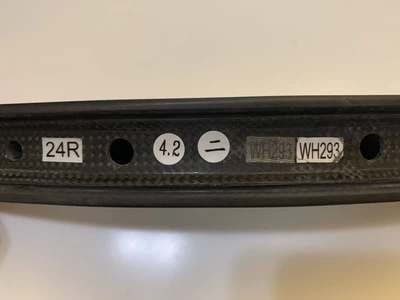
Your Guide To Buying Used FLO Wheels – Pros & Cons
The other day, I received a phone call from a customer buying a used FLO wheel. After a few questions, I found out that the original price he had been told was not accurate, and he had paid too much for this wheel. Shortly before that, I received an email from a customer who had…
-

Vibration & Rollers
When studying rolling resistance while designing the FLO All Sport and Gravel wheel lines, we used rollers as well as on-road testing to collect data. The rollers allowed us to apply temperature compensation to the on-road data. Rollers produce a clean lab-like environment. We wanted to test the vibration produced while on rollers to gain…
-

Vibration & The 3-Axis Of Acceleration
Recently, we’ve been measuring vibration in wheels and building on the complexity of the measurements we are gathering to further our understanding of the role that vibration plays in determining impedance break point. Our original work used a uni-directional accelerometer, which measures accelerations in one plane and simplifies the output. This uni-directional sensor was mounted…
-
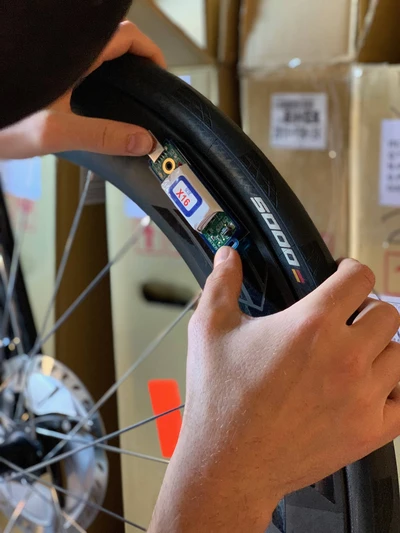
Measuring Vibration In Different Locations
Last week we observed the natural frequency of different tires, wheels, weights, and wheel location. For those tests, we used an Emerson data acquisition system that produced highly accurate results. However, riding with a computer and cables strapped to the bike is not ideal for more intense testing. This week, we explore another sensor option,…
-
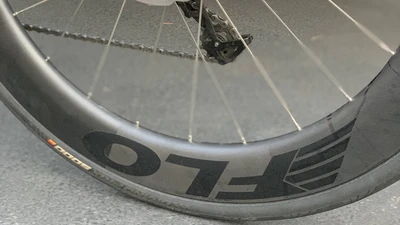
Natural Frequency: Different Tires, Wheels, and Rider Weight
Recently, we discussed how you can measure the natural frequency of a wheel and tire combination, and how we proved that our theory that you could measure an impedance break point by measuring vibration was correct. This week we’ll focus on testing the natural frequency of a wheel/tire combination when you change the type of…
-
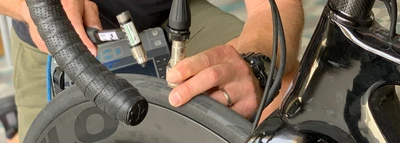
Natural Frequency: Does It Matter In Cycling?
In last week’s article, we discussed measuring impedance break points by looking at vibration, and revealed that we were able to measure a change in vibration acceleration at the impedance break point. As a recap, below is a FFT plot of vibration at 60 psi and 120 psi. In the 60 psi plot you see…
-
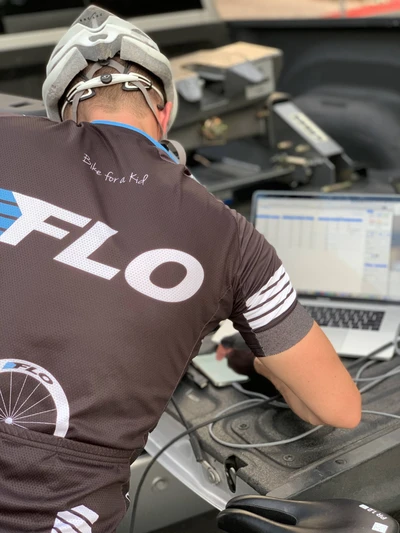
Using Vibration To Measure Impedance
Vibration has been on my mind. When designing the All Sport and Gravel wheel lines, we aimed to prove that a wider internal rim width lowered your rolling resistance. During that process, we ran hundreds of tests at different tire pressures, tire sizes, and internal rim widths. After these tests proved our theory correct, our…
-
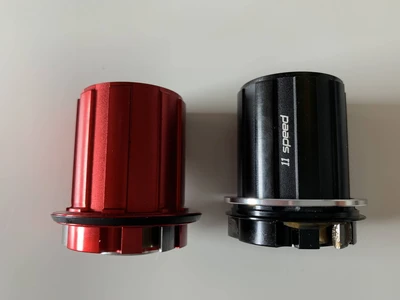
Understanding Which Freehub You Need, What They Are Used For
When FLO began in 2011, your choices of freehub were pretty simple: Shimano/SRAM or Campagnolo. Today, more freehub options mean more questions. This article answers some of them: What is a freehub? What is its purpose? What kind of freehub do I have? It will also help you determine which option is best for you.…
-
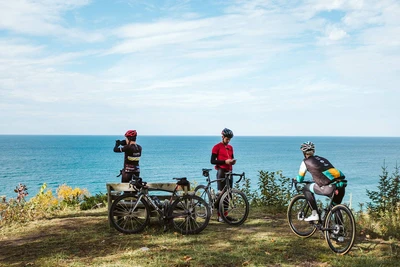
Where Did The Clydesdales Go?
When FLO started shipping wheels in 2012, we offered two wheel builds: standard and Clydesdale. The standard build featured the following spoke lacing patterns: – Front Wheel: 20 spokes laced radially – Rear Wheel: 24 spokes lace with a 2-cross build on both drive and non-drive side The Clydesdale build featured a different spoke lacing…
-
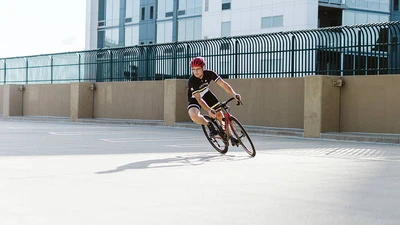
Why Higher Tire Pressure Feels Faster But Makes You Slower
Feeling Fast. Back in my university days, I owned a 2001 Kia Sephia that had less-than-showroom suspension. While on a road trip to Death Valley, I wondered what going 100mph felt like, and accelerated to 105mph. It felt like we were flying, but the vibration was unnerving, and I feared my life! Shortly after this…
-
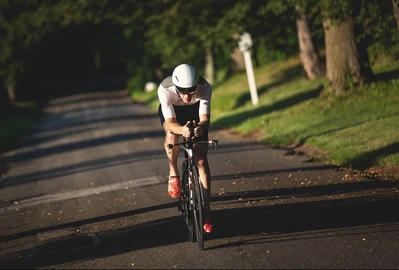
How Velocity Affects Impedance
We knew when we started developing our FLO All Sport and Gravel wheels that rolling resistance would be a large focus of the process. We believed that a wider rim would lower rolling resistance. To test this hypothesis, we spent close to two years developing an on-road testing protocol to measure rolling resistance which included…
-
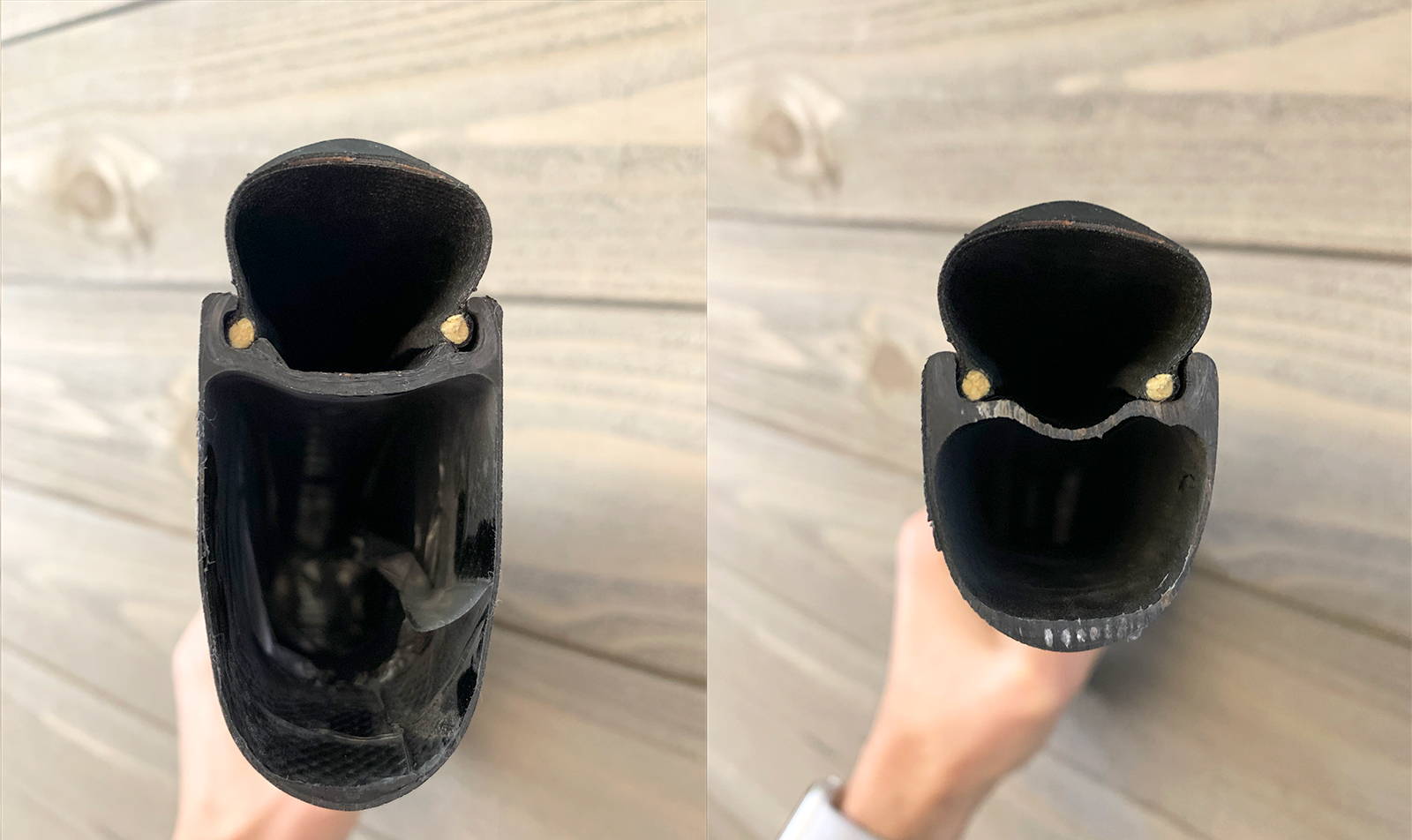
Hooked vs. Hookless Rims
What is the difference and what is all the fuss about? This article will walk you through what hooked and hookless rims are, why there are two options, the pros and cons of each, and what we are doing at FLO. Let’s get started. The Difference Between Hooked & Hookless Rims The definitions and descriptions…
